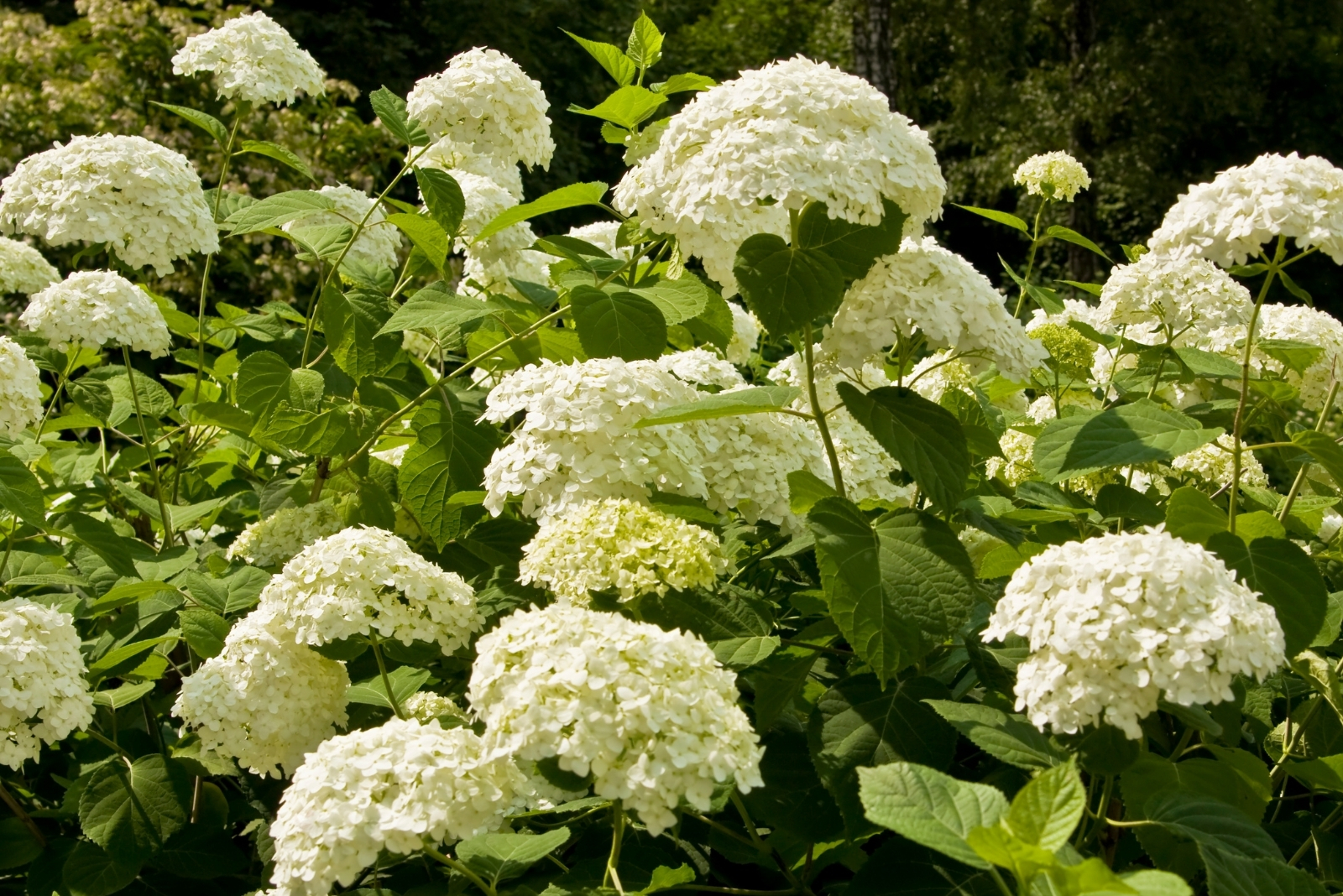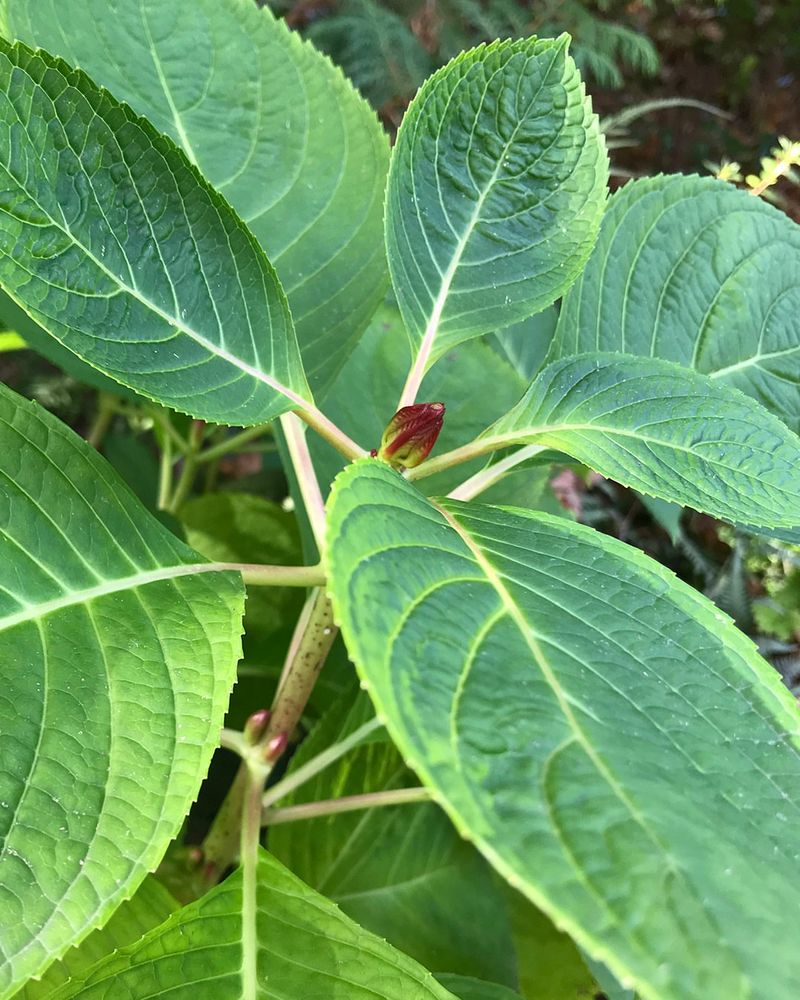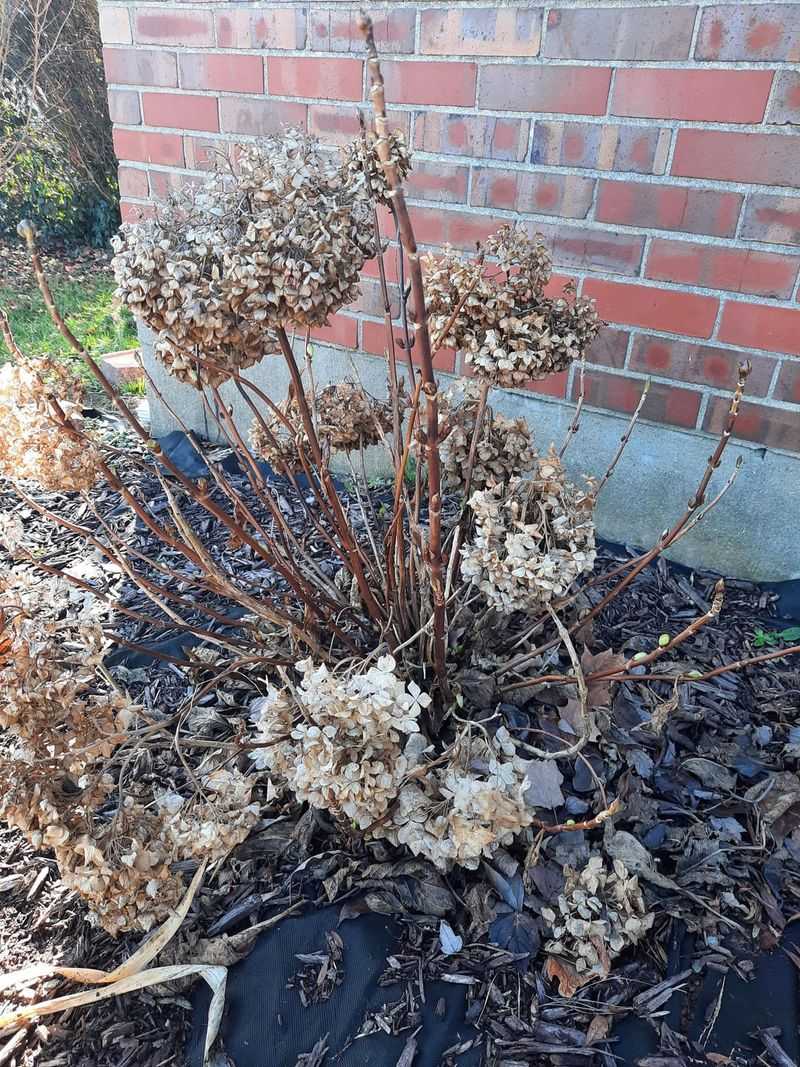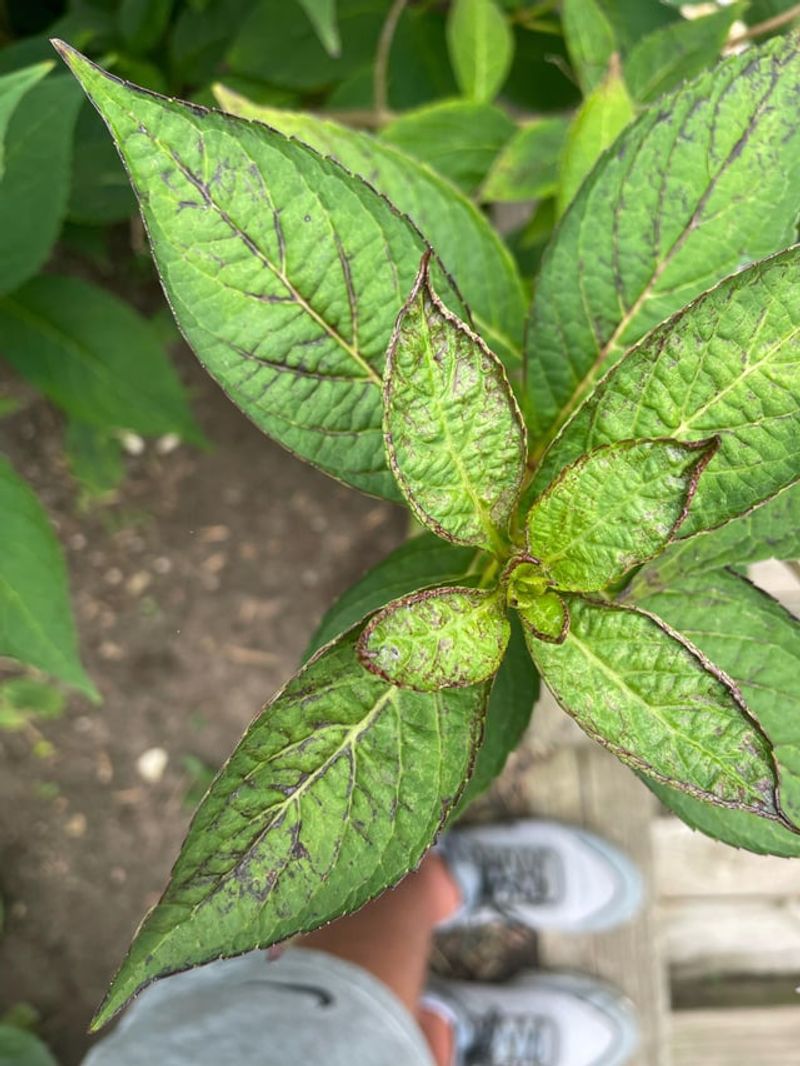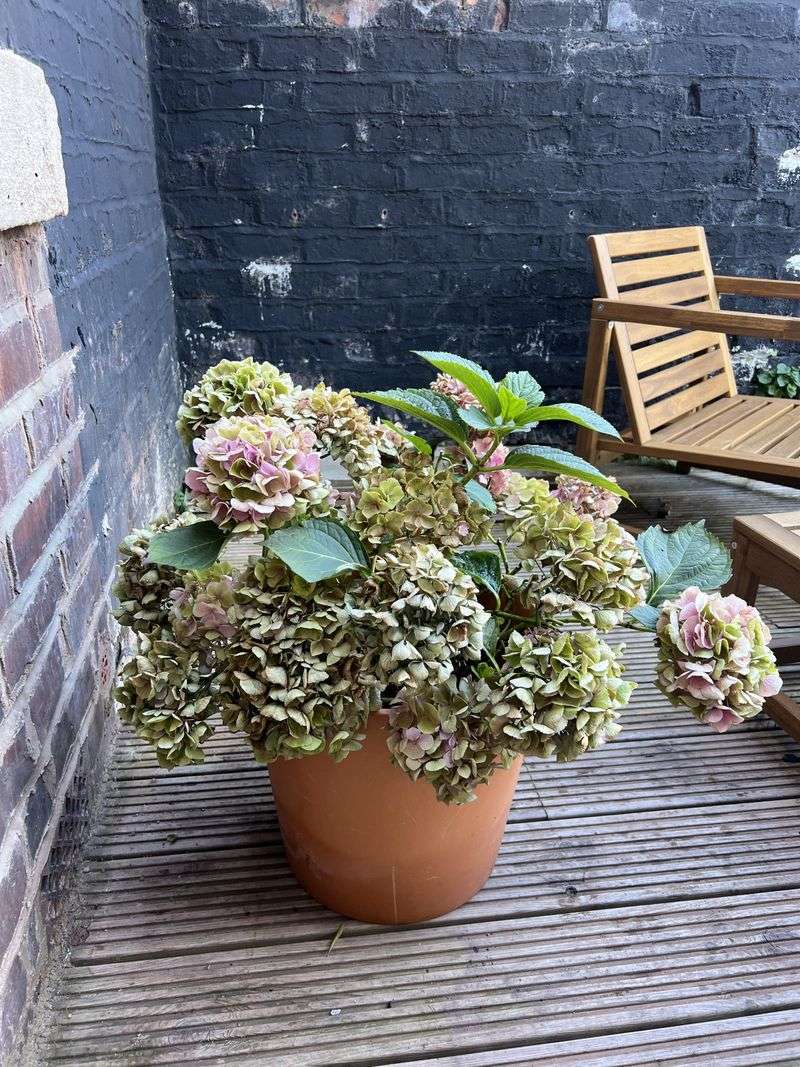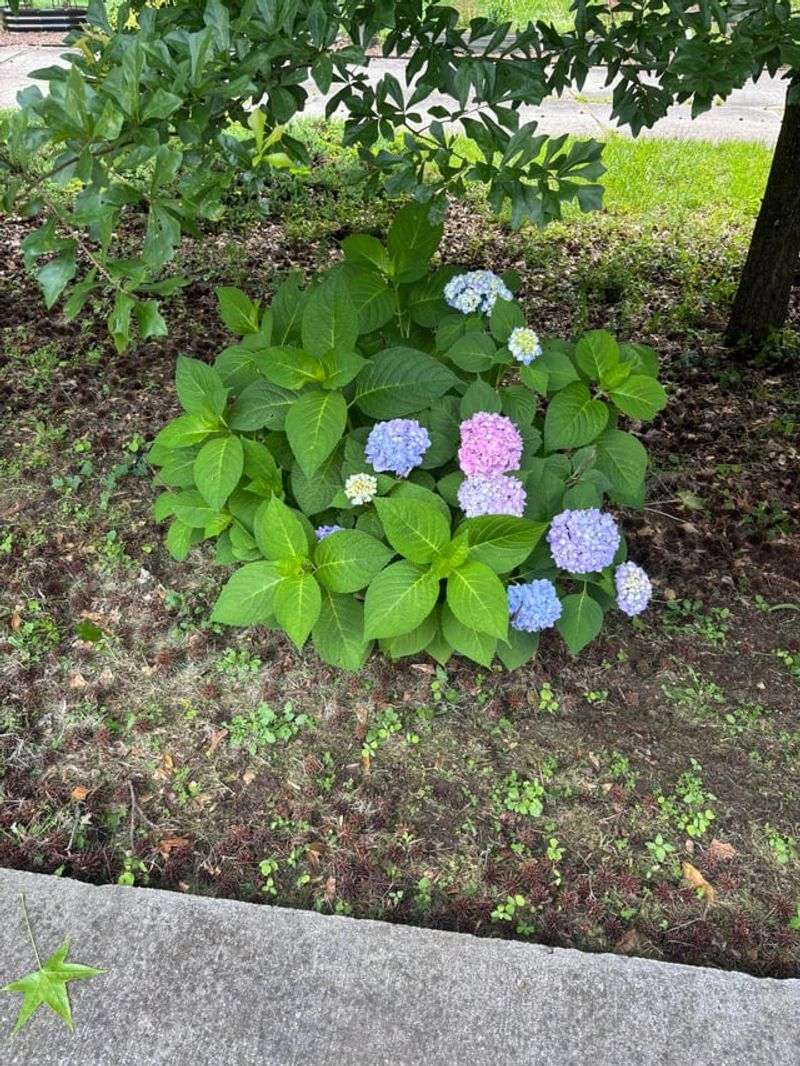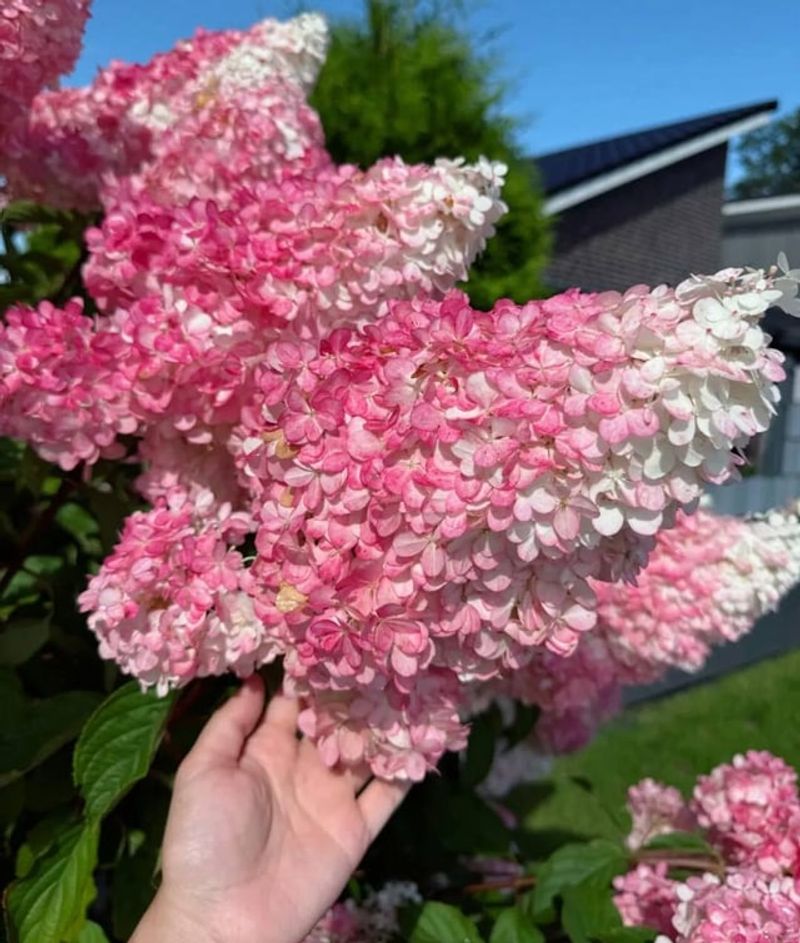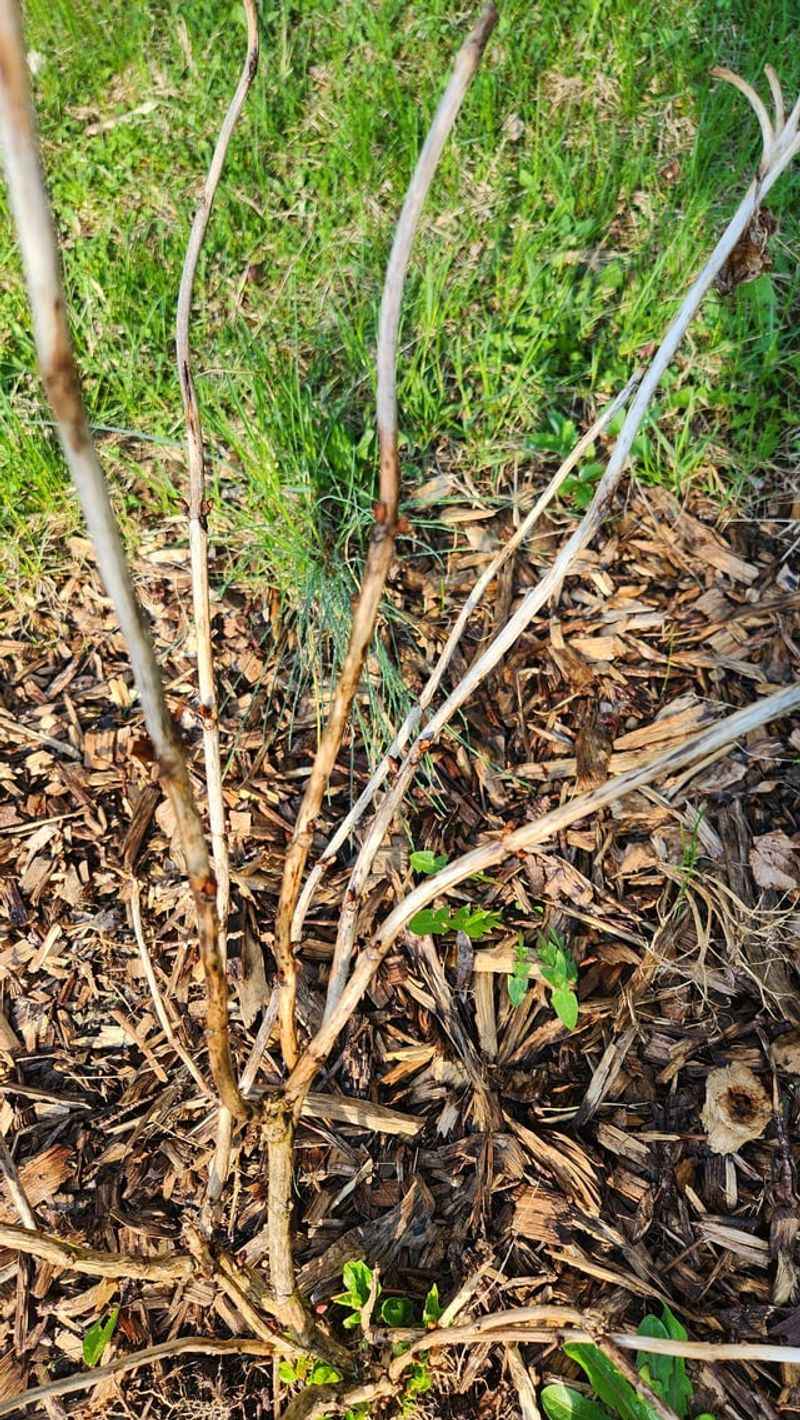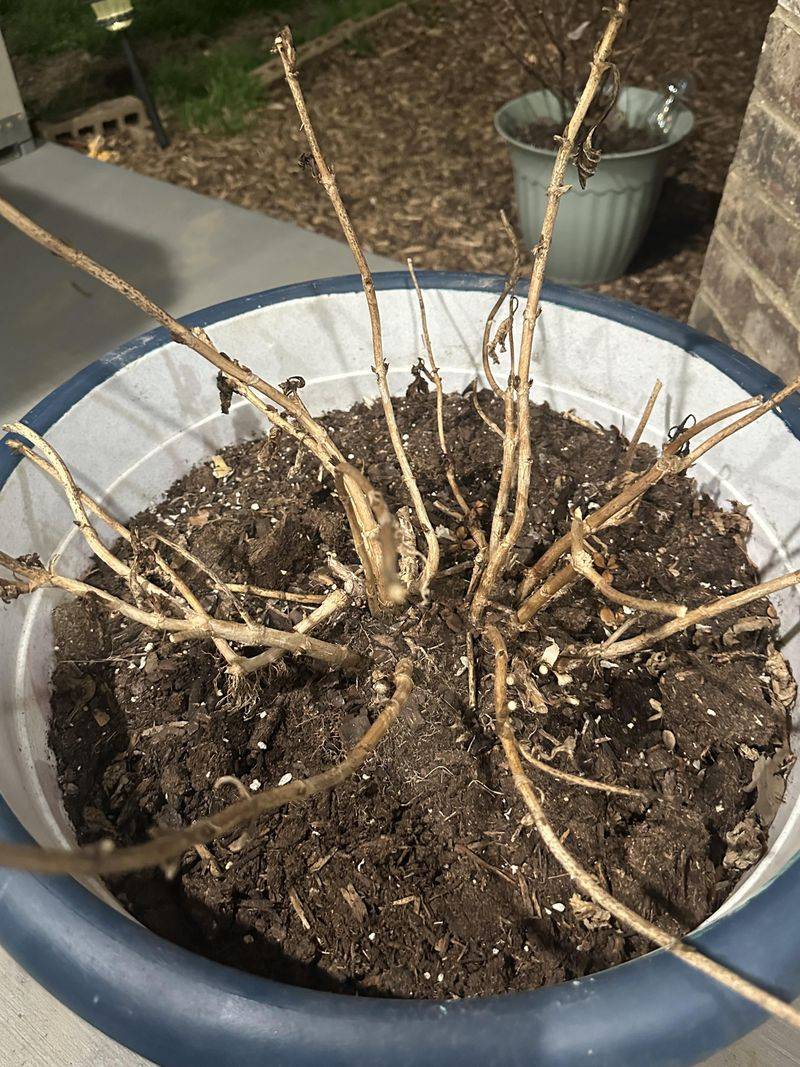Ohio gardens have a charm all their own, especially in October when colors shift and the air turns crisp. But before you grab those pruning shears for your hydrangeas, pause for a moment.
Pruning at the wrong time can surprise you with fewer blooms next season. Let’s explore why it’s best to hold off and let Ohio hydrangeas rest.
1. You’ll Cut Off Next Year’s Flower Buds
Many hydrangea varieties growing throughout Ohio already formed their flower buds by October. When you prune now, you’re actually removing the blooms you’ve been waiting to see next summer.
Bigleaf and oakleaf hydrangeas set their buds on old wood during late summer. Cutting them back means sacrificing an entire season of gorgeous flowers.
Gardeners in Ohio who prune too late often wonder why their hydrangeas won’t bloom the following year, not realizing the damage was done months earlier.
2. Cold Weather Damage Becomes More Likely
Fresh pruning cuts create open wounds that haven’t had time to heal before Ohio’s harsh winter arrives. Cold air and freezing temperatures penetrate these vulnerable spots, causing serious damage to the plant’s internal tissues.
Winter winds in Ohio can be brutal, and exposed cuts become entry points for ice and moisture. Your hydrangea needs its natural protection intact to survive the coldest months.
Waiting until spring allows cuts to heal during warmer weather when plants recover much faster.
3. Disease and Pests Find Easy Entry Points
Bacteria and fungi love attacking fresh wounds on plants, especially during Ohio’s damp autumn weather. October brings rain and humidity that create perfect conditions for disease to spread rapidly through unhealed cuts.
Insects looking for winter shelter also crawl into open stems, causing hidden damage you won’t notice until spring. Your hydrangea becomes a vulnerable target when pruned this late in the season.
Healthy plants need time to seal their wounds naturally before cold weather arrives.
4. Natural Insulation Gets Removed Too Soon
Those dried flower heads and old stems you want to cut off actually serve an important purpose through Ohio winters. They act like a cozy blanket, protecting the crown and roots from temperature swings and harsh winds.
Nature designed plants to keep their dead growth as insulation during cold months. Removing this protection in October leaves your hydrangea exposed to elements it wasn’t meant to face alone.
Smart gardeners in Ohio leave the old growth until spring arrives with warmer temperatures.
5. The Plant Hasn’t Gone Fully Dormant Yet
October finds many hydrangeas in Ohio still shutting down for winter, moving nutrients from leaves and stems down into their roots. Pruning during this critical transition interrupts the natural process and weakens the entire plant.
Plants need to complete dormancy on their own schedule without human interference. Cutting too early tricks the hydrangea into thinking it should produce new growth, which will die when freezing temperatures hit.
Patience pays off by letting nature finish its work first.
6. Spring Blooms Won’t Be as Spectacular
Hydrangea enthusiasts across Ohio know that timing makes all the difference between mediocre flowers and show-stopping displays. October pruning reduces the number of blooms dramatically because you’ve removed the stems that would have produced the most impressive clusters.
Your neighbors who wait until the right season will have bushes bursting with color while yours looks sparse and disappointing. The visual difference becomes obvious when spring arrives and everyone’s hydrangeas start blooming.
Proper timing ensures maximum flower production and vibrant displays.
7. You Miss Identifying Which Stems Need Cutting
Dead versus living wood looks almost identical in October when everything appears brown and dormant throughout Ohio. Spring reveals the truth, showing which stems survived winter and which ones actually died, making pruning decisions much easier and more accurate.
Guessing in autumn leads to cutting healthy stems while leaving dead ones behind. Waiting a few months gives you clear visual clues about what needs removal and what should stay.
Smart pruning requires information that only becomes visible after winter passes.
8. October is Prime Root Development Time
While the visible parts of your hydrangea look like they’re shutting down for winter, underground activity in Ohio gardens is actually increasing during October. Roots grow vigorously, storing energy and nutrients that fuel next season’s growth and flowering.
Pruning stresses the entire plant, forcing it to heal wounds instead of focusing energy on root development. Your hydrangea needs all its resources directed downward right now, not wasted on repairing unnecessary cuts.
Supporting root health in autumn creates stronger plants for years to come.

